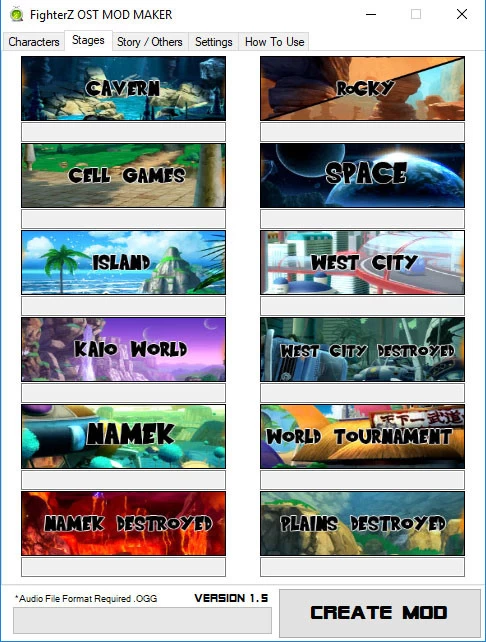

If someone asks me to name the most heartwarming GTA installment, I will name Grand Theft Auto: San Andreas without any doubts. Developed by Rockstar North, and published by Rockstar Games in 2004, this game is still very popular among gamers even though there's no GTA San Andreas PC controller support. Everyone appreciates the great atmosphere the game has, and moreover, you can create your own GTA San Andreas PC controller setup if you use the best gamepad mapper.
How exactly, you may ask? reWASD can help you make a fully custom GTA San Andreas controller support preset from scratch. You can tune the Stick so you move unintentionally thanks to Stick Zones feature, add all the keybindings you need with the help of Shift mode or Slots, and many more! As a result, you will have a completely personalized GTA San Andreas PC controller setup.
And if you don't feel like making a config on your own, here are some cool the ready-to-go presets for GTA San Andreas PC controller support, you can find them below. Remember, that you can change those settings a bit, to make the perfect GTA San Andreas PC controller setup configuration!
Feb 04, 2018 (No longer works as of 2/28/18) Just as a side note, the knowledge on DBFZ modding is expanding everyday, this information could become outdated very quickly. EDIT: It's already outdated, model. Forget everything you know about The Legend of Zelda games. Step into a world of discovery, exploration and adventure in The Legend of Zelda: Breath of the Wild, a boundary-breaking new game in the acclaimed series.
Note: Not all StarTech.com devices support each of the RAID modes described below. For more information on the RAID modes that your device supports, refer to the manual or the StarTech.com product page.

Redundant Array of Independent Disks (RAID) is a virtual disk technology that combines multiple physical drives into one unit. RAID can create redundancy, improve performance, or do both.
RAID should not be considered a replacement for backing up your data. If critical data is going onto a RAID array, it should be backed up to another physical drive or logical set of drives.
The following are terms that are normally used in connection with RAID:

- Striping: data is split between multiple disks.
- Mirroring: data is mirrored between multiple disks.
- Parity: also referred to as a checksum. Parity is a calculated value used to mathematically rebuild data.
Different RAID levels exist for different application requirements.
Refer to the following table for the list of RAID modes offered by some StarTech.com products:

Dbfz Mods Not Working On Computer
| RAID mode | Description | Operation | Advantages | Disadvantages | Recovery |
| RAID 0 | Striped disks | Data is split evenly between two or more disks. | Large size and the fastest speed. | No redundancy. | If one or more drives fails, this results in array failure. |
| RAID 1 | Mirrored disks | Two or more drives have identical data on them. | A single drive failure will not result in data loss. | Speed and size is limited by the slowest and smallest disk. | Only one drive is needed for recovery. |
| RAID 3 | Striped set with dedicated parity | Data is split evenly between two or more disks, plus a dedicated drive for parity storage. | High speeds for sequential read/write operations. | Poor performance for multiple simultaneous instructions. | A single drive failure will rebuild. |
| RAID 5 | Striped disks with distributed parity | Data is split evenly between three or more disks. Parity is split between disks. | Large size, fast speed, and redundancy. | The total array size is reduced by parity. | A single drive failure will rebuild. |
| RAID 10 | 1+0; Striped set of Mirrored Subset | Four or more drives are made into two mirrors that are striped. | Larger size and higher speed than RAID-1, and more redundancy than RAID-0. | No parity. | Only one drive in a mirrored set can fail. |
| JBOD | Just a Bunch Of Disks | Any number of drives are accessed independently by the operating system. | Software RAID modes can be used. | Hardware RAID may have better performance. | N/A |
| Big | Spanning or Concatenation | Data is written on one drive until it is full, and then the next drive(s) until it or they are full. | Creates a very large and simple array. | No redundancy. | N/A |
| Clone | RAID 1 + Spare | Two drives have identical data, plus one drive is used for rebuilding in case of a primary array failure. | Seamless operation when one drive fails in a RAID-1 array. | Spare drive is not accessible to the user. | Only one drive is needed for recovery. |
